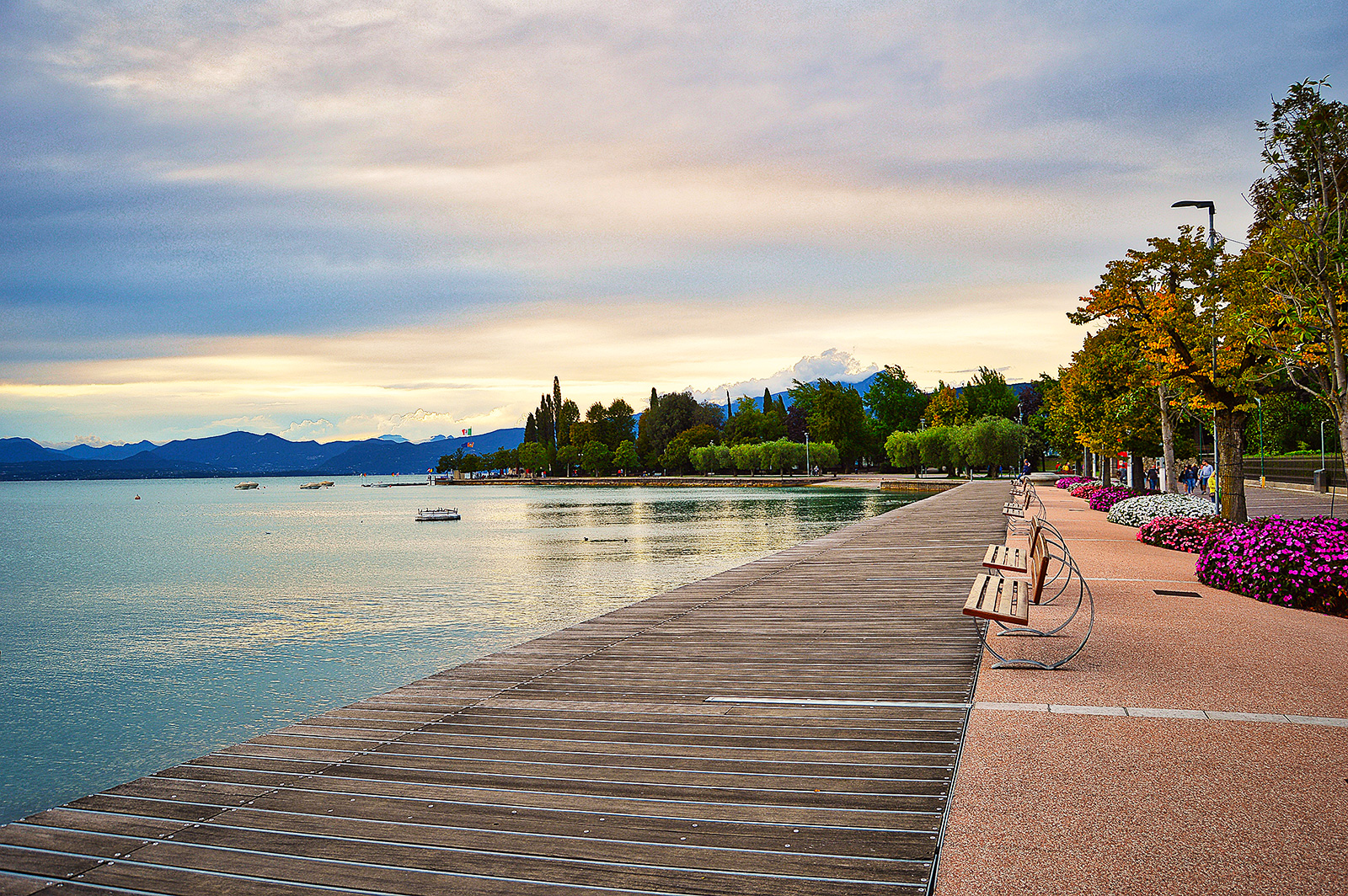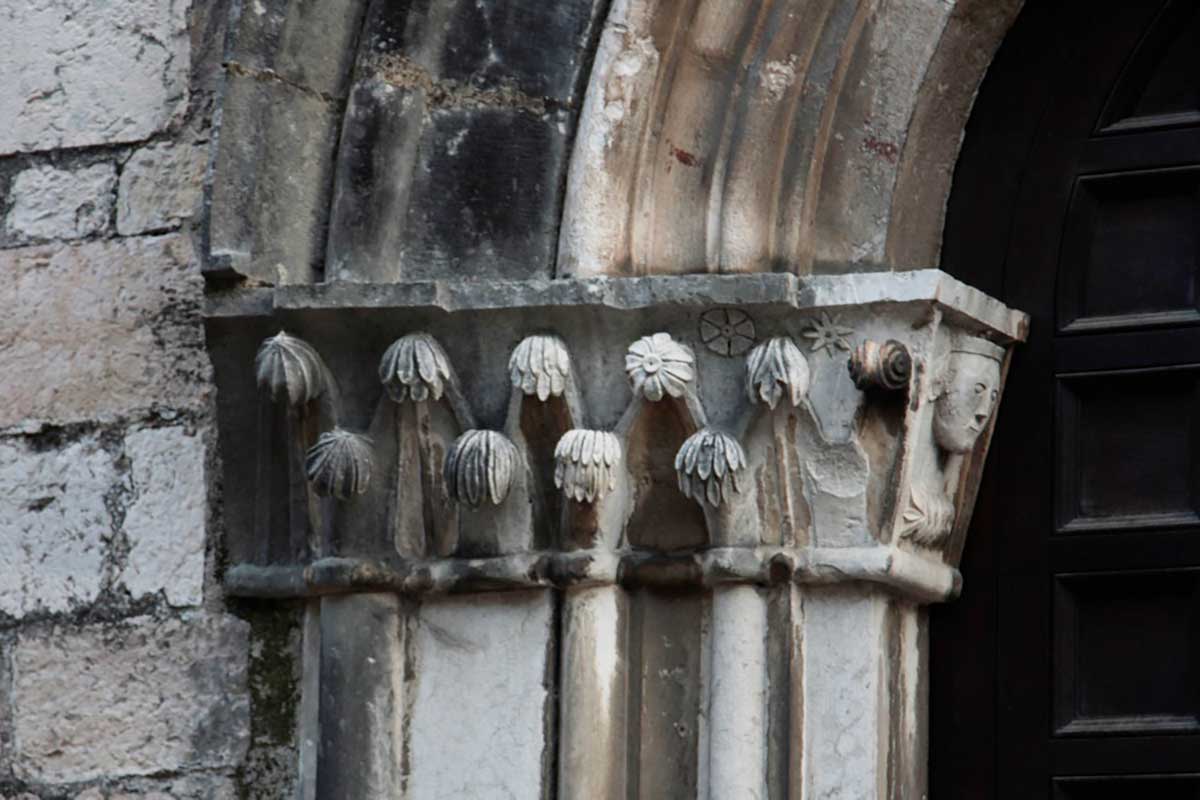


On the western shore of Lake Garda, between Limone and Toscolano Maderno, the beautiful and famous town of Gargnano extends along the lake. The municipality, made up of thirteen hamlets, hosts one of the most beautiful and ancient churches and monasteries of Lake Garda: the church and cloister of San Francesco in Gargnano.
In 1289, about three hundred years after the first mention of Gargnano in the history books, a church was built here at the behest of Francesco d'Assisi. The church was built on the model of the canonized. He is said to embody poverty and humility in his appearance, which matches the characteristics of Francis of Assisi. Still on the external facade, the visitor discovers a so-called votive figure of St. Anthony of Padua. This was one of the first teachers of the Catholic Church. His work dates back to the beginning of the 13th century. Born in Portugal, he wrote between 70 and 250 sermons for Catholic Sunday mass. Antony was ahead of his time in his works, for these were not characterized by polemics or hate speech against heretics, but simply outlined the teaching of the holy Catholic faith.
The visitor is welcomed by the absolute contrast with the sobriety of the external façade.
The interior, profoundly transformed starting from the 17th century, today has a single nave with a vaulted roof, but originally it must have been tripartite and without side altars. In the apse area the polychrome rings of the pointed arches that lead into the three chapels with ribbed vaults are still preserved.
The convent of San Francesco is recorded in a bull from Pope Nicolò IV in 1289, in reality the Franciscans had arrived on Lake Garda a few decades earlier: until 1769 the convent kept the letter, now lost, with which in 1266 Bonaventura da Bagnoregio reaffirmed the permission granted by Francis of Assisi himself to the friars residing on the Brescia shore to beg in the Verona area.
The square portico, the focal point of the monastery, houses the cloister of the Church of San Francesco and encloses a small courtyard which served as a meeting place for the Franciscan friars. In addition to the Via Crucis and various other Christian symbols, there are also relics from the Roman era: a tablet made in honor of Neptune and an altar of the deity Revino (local deity). The monks of that time kept these pagan symbols for posterity to show all "infidels" the right path.
Another peculiarity of the ancient monastery is the presence of the first coat of arms of the municipality of Gargnano, which today depicts a she-wolf standing on its hind legs.
At the end of the 19th century the monastery was used as a lemon storehouse, it only received the status of a national monument in 1912, for the benefit of future generations.
The beauty and history of the church and monastery of Gargnano are definitely worth a visit.
